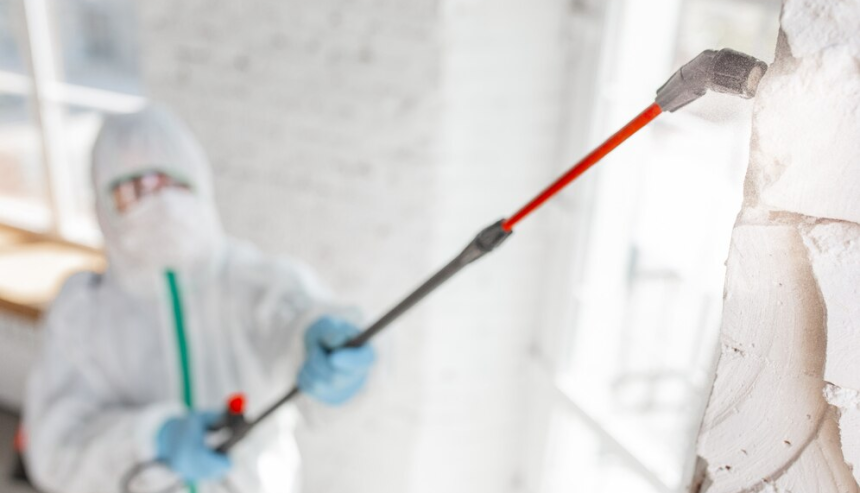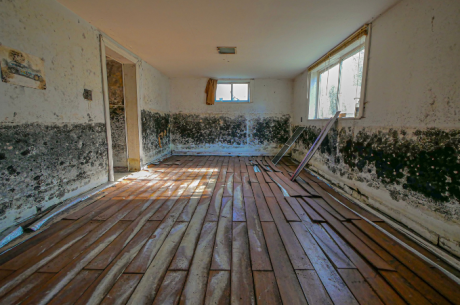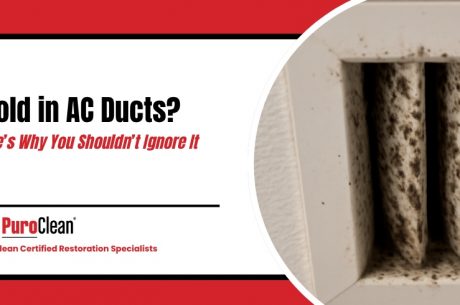This article will delve into the importance of mold inspections in every home, discussing various aspects ranging from health risks associated with mold to recognizing the steps needed if mold is found within one’s residential spaces.
Mold, a ubiquitous component of the natural environment, can pose significant health risks when infiltrating indoor spaces such as homes. While mold spores are harmless in small quantities, an infestation can lead to serious consequences for both the structural integrity of a building and the health of its inhabitants. Given these potential hazards, regular mold inspections are integral to maintaining a safe and healthy living environment.
The Health Risks Associated with Mold
Mold exposure can lead to various health risks, primarily exacerbating allergies and asthma. The presence of these fungi in homes has been closely linked with respiratory problems, as they release spores that, when inhaled, can trigger allergic reactions or cause asthma attacks. Additionally, individuals with chronic lung illnesses may experience severe infections when their respiratory system is exposed to moldy environments.
Allergies and Asthma
Chronic respiratory conditions such as allergies and asthma can be significantly exacerbated by the presence of mold in a home environment. The spores produced by mold, invisible to the naked eye, become airborne and can be easily inhaled, leading to various allergic reactions and triggering asthmatic symptoms. Given the potential health risks involved, it is crucial for disease prevention strategies to include regular mold inspections as an integral part. Reducing or eliminating exposure to mold spores can improve indoor air quality and mitigate these health issues.
- Examples of effects on individuals with allergies and asthma:
- Increased frequency and severity of asthma attacks
- Recurring symptoms like sneezing, runny nose, or congestion which may resemble a perpetual cold.
Other Respiratory Problems
Persistent inhalation of airborne mold spores can instigate many other respiratory problems beyond allergies and asthma. Mold-induced sinusitis, for instance, is a condition wherein the sinuses become inflamed due to fungal infection, causing symptoms such as nasal congestion, facial pain or pressure, and thick discolored mucus. Likewise, bronchitis triggers can be found in mold-contaminated environments, as prolonged exposure to mold spores can irritate the bronchial tubes leading to chronic coughing, chest tightness, and fatigue.
Despite being lesser-known conditions than allergies or asthma, both sinusitis and bronchitis have been linked with residing in homes infested with molds. Considering these negative impacts on health enhances awareness about the importance of maintaining a clean living environment free from mold contamination. This crucial understanding paves the way for discussing how an effective inspection for detecting the presence of molds is conducted within residential settings.
The Process of a Mold Inspection
Understanding the process of a mold inspection is essential in ensuring the safety and health of every home environment. It begins with an initial assessment where professionals inspect potential problem areas, such as basements, attics, walls, and other damp or humid places. During this phase, professional services use state-of-the-art equipment like infrared cameras and moisture meters to detect hidden mold growth. Then comes the sampling stage, where air and surface samples are collected for analysis to identify the type of mold present. Inspection costs may vary depending on factors such as property size and extent of mold infestation.
Here are some key points to consider:
- Inspections provide peace of mind knowing that your family’s health is not at risk.
- Professional services have specialized knowledge about different types of molds, their sources, effects on health, and removal methods.
- Inspection costs might initially seem expensive but can save homeowners from much larger expenses later if undetected mold leads to structural damage or significant health problems.
Regular check-ups are necessary because new spores can enter homes through windows or doors or even get brought in unknowingly on clothing or shoes; hence constant vigilance becomes imperative in keeping these troublesome fungi at bay.
The Benefits of Regular Mold Inspections
Regular assessments for the presence of fungi can provide numerous advantages, such as ensuring the longevity of structural integrity, mitigating health risks, and preserving indoor air quality. The early detection that regular inspections offer allows homeowners to take preventive measures before any significant damage occurs. These measures protect the building from potential structural issues caused by mold and maintain a healthy living environment by preventing exposure to harmful spores.
Health Concerns
Mold can release spores into the air that may cause health issues, particularly for individuals with allergies, asthma, or weakened immune systems. Inspections can identify the presence of mold and help individuals take necessary measures to reduce their exposure, thereby preventing potential health problems.
Property Preservation
Mold growth can damage building materials, weaken structures, and cause unpleasant odors. By identifying mold growth early through inspections, property owners can address the issue promptly, preventing extensive damage and the need for costly repairs.
Insurance and Legal Purposes
Some insurance policies may cover mold-related damages, especially if they are the result of sudden and accidental events like a burst pipe or a roof leak. Having documentation from mold inspections can be crucial when filing insurance claims or in legal situations to demonstrate the extent of damage and the need for remediation.
Real Estate Transactions
Mold inspections are often part of the due diligence process when buying or selling a property. Sellers can proactively address mold issues to ensure a smoother transaction, while buyers can make informed decisions about the property’s condition and negotiate repairs or price adjustments if necessary.

What to Do If You Find Mold
Upon discovering fungal growth within a residential environment, immediate and strategic actions should be taken to curtail its proliferation and mitigate potential harm effectively. The primary course of action involves contacting professionals in mold remediation as they possess the requisite knowledge and expertise to identify mold infestation type, extent, and severity accurately. Additionally, occupants should vacate the affected areas until it’s deemed safe to avoid exposure to mold spores which can lead to health issues.
Steps after detecting mold
- Contact mold remediation professionals
- These experts will conduct an in-depth inspection and provide appropriate solutions based on their findings
- Vacate affected areas
- To minimize health risks, it is advised for occupants to stay away from areas contaminated with mold until remediation is completed
- Document Damage for insurance claims
- Take photographs and videos of the damage caused by mold; this will be useful when making insurance claims.
Conclusion
The significance of regular mold inspections cannot be overstressed. These inspections serve as a vital tool in safeguarding the health of inhabitants by identifying and rectifying potential risks at an early stage. When mold is detected, immediate action should be taken to remove this harmful substance. Contact us today for professional mold inspection and remediation services around Zephyrhills, Florida, and nearby areas.


